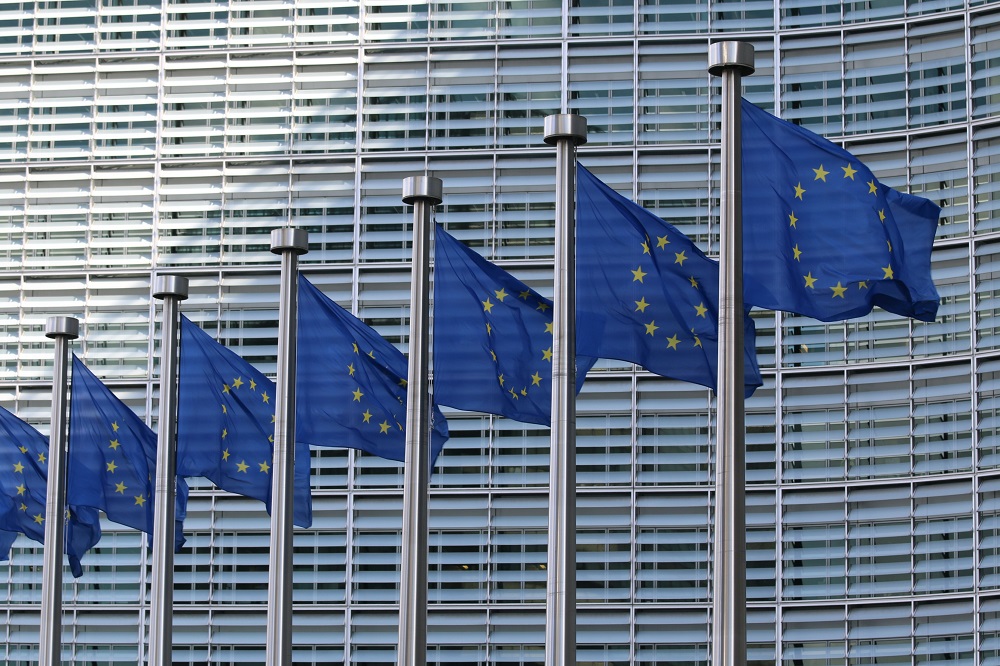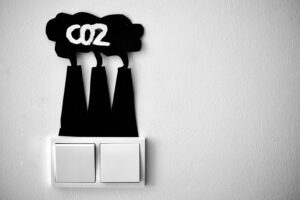A new report found that over a dozen member states rely more on renewable energy than coal and gas.
In the last six months, wind and solar provided 30% of the EU’s energy supply.
A new study of 13 EU member states found that in the last 6 months, fossil fuel generation fell by 17%, coal fell by 24%, and gas by 14%. This comprises 30% of all energy generation. The EU continues to transition away from greenhouse gases (GHG) and polluting fuels, ahead of most governing bodies. As a result, their efforts led to a drop of one-third in emissions when compared with the first 6 months in 2022.
Ember, an energy think tank, found this shift was led by wind and solar power.
“We are witnessing a historic shift in the power sector,” Chris Rosslowe, an analyst at Ember, told the Guardian.
This shift is evident through EU power plant generation. In 2024, these plants burned 14% less gas and 24% less coal than in 2023. These numbers will likely increase as the EU moves further away from non-renewable energy sources.
The EU historically has been one of the biggest contributors to GHG emissions. After China and the United States, the EU was the largest GHG emitter in 2021. Since then, member states have reformed their energy use. Through the Paris Agreement and other brokered deals, they have worked towards renewables.
“We’re now starting to witness the impact of switching to renewable energy,” Julia Lejeune, CEO of Photovolt Development Partners, a developer that delivers utility-scale photovoltaic grids, told Food and Energy Trends. “This report shows how impactful clean energy is when governments take bold strides in this transition to sustainable energy generation.”
This report is the latest revelation in the impact of renewables. Earlier this year, an IEA report found that clean energy will reduce operating costs by over half within the next decade. Not only is clean energy better for the environment, it also cuts spending.
“As nations recognize these benefits we’ll hopefully see increased investment in renewables,” said Lejeune.
Solar and wind are increasingly leading renewable energy talks. When it comes to infrastructure, cost, and environmental impact, they are gaining investments and prevalence within the energy sector.
As nations adjust and account for their own contribution to climate change, experts believe solar and wind will lead the way.














